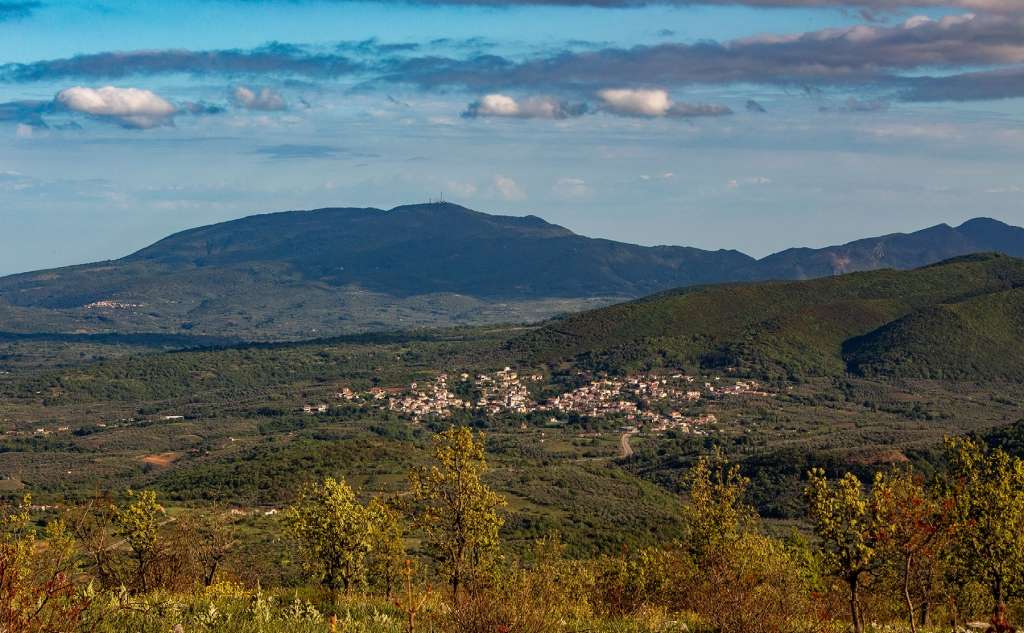





Vlachopoulo extends at the foothills of Mount Maglavas and is built at an altitude of 440 metres. It is 12.5 kilometres from Chora and 38 kilometres from Kalamata, while it has approximately 700 permanent residents. In ancient times, the settlement area was part of Nestor's kingdom. The village has been mentioned, at least, since the years of the Second Venetian period when it was known by the name Vlaghopullo or Vlacopulo.
In the village, visitors can see the traditional houses and the churches of Agios Georgios and the Assumption of the Virgin, which celebrates on August 15th. Agios Georgios is one of the first Christian churches in Messenia. It dates back to the end of the 10th-beginning of the 11th century and is located in the village cemetery. The Church of the Dormition of the Virgin is a one-room, wooden-roofed basilica, the construction of which was completed in 1905. In front of the church, the visitor can see the monument-hero, also known as the "Column of the Fallen", during the national struggles of 1912 -1913, 1918-1922 and 1940-1944.
Vlachopoulo houses the Folklore Museum "The Woman - Gyni", founded by the Vlachopoulo Women's Association, and represents the interior of a traditional house of the 18th and 19th centuries. At a short distance from the village are the waterfalls of "Katsoulolimna", as well as the place where the battle of Maniaki was fought on May 20th, 1825.
Just outside Vlachopoulo, at the "Drakorrachi" location, a vaulted tomb of small dimensions (with a diameter of about 3 metres) was excavated in 1964 by archaeologist S. Marinatos. The vaulted tomb was accidentally discovered when a resident's donkey fell into it. Although it was robbed, remarkable pottery samples dating to the Late Mycenaean period were found. Today, the vessels are kept in the Archaeological Museum of Pylos. The vaulted tomb dates back approximately to 1400 BC. Four skulls were also found in it.
Finally, every year, the Vlachopoulo Women's Association organises Carnival events, such as the "Carnival Wedding", as well as the "Feast of Oil and Lavender", accompanied by roast pig and other local delicacies.